You are here
Mount St. Helens National Volcanic Monument
Mount St. Helens National Volcanic Monument
Mount St. Helens National Volcanic Monument
Southwest Washington/Mount St. Helens, Washington
Mount St. Helens National Volcanic Monument
Mount St. Helens National Volcanic Monument
Mount St. Helens National Monument
Mount St. Helens National Volcanic Monument

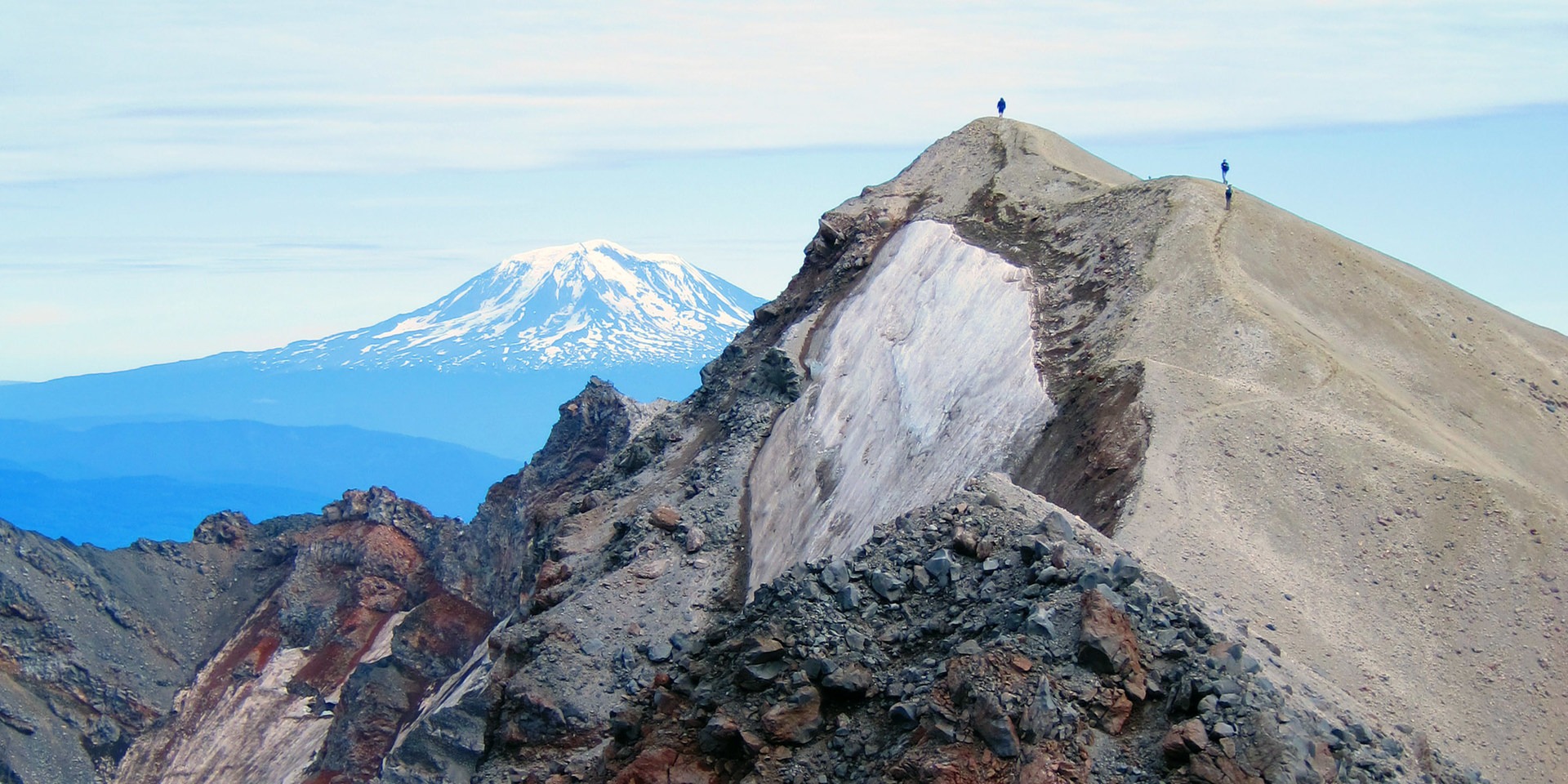
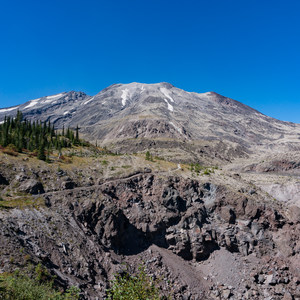
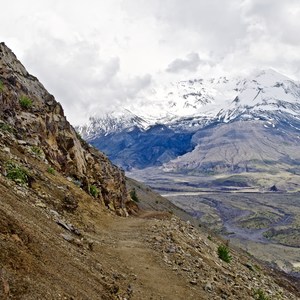
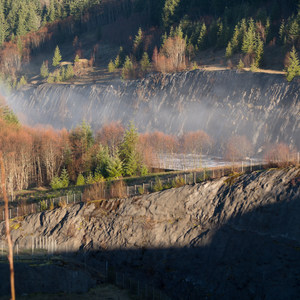
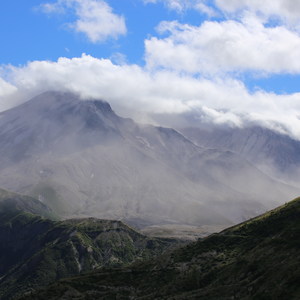
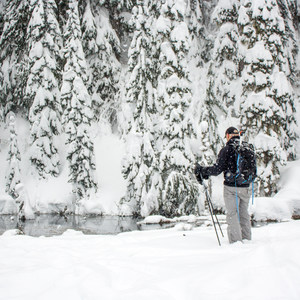
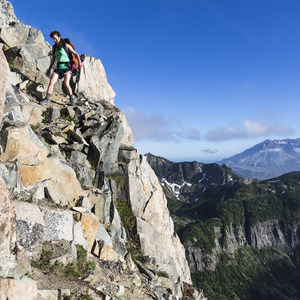
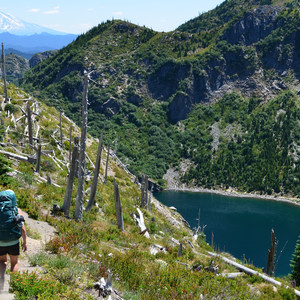



Comments
Sign In and share them.